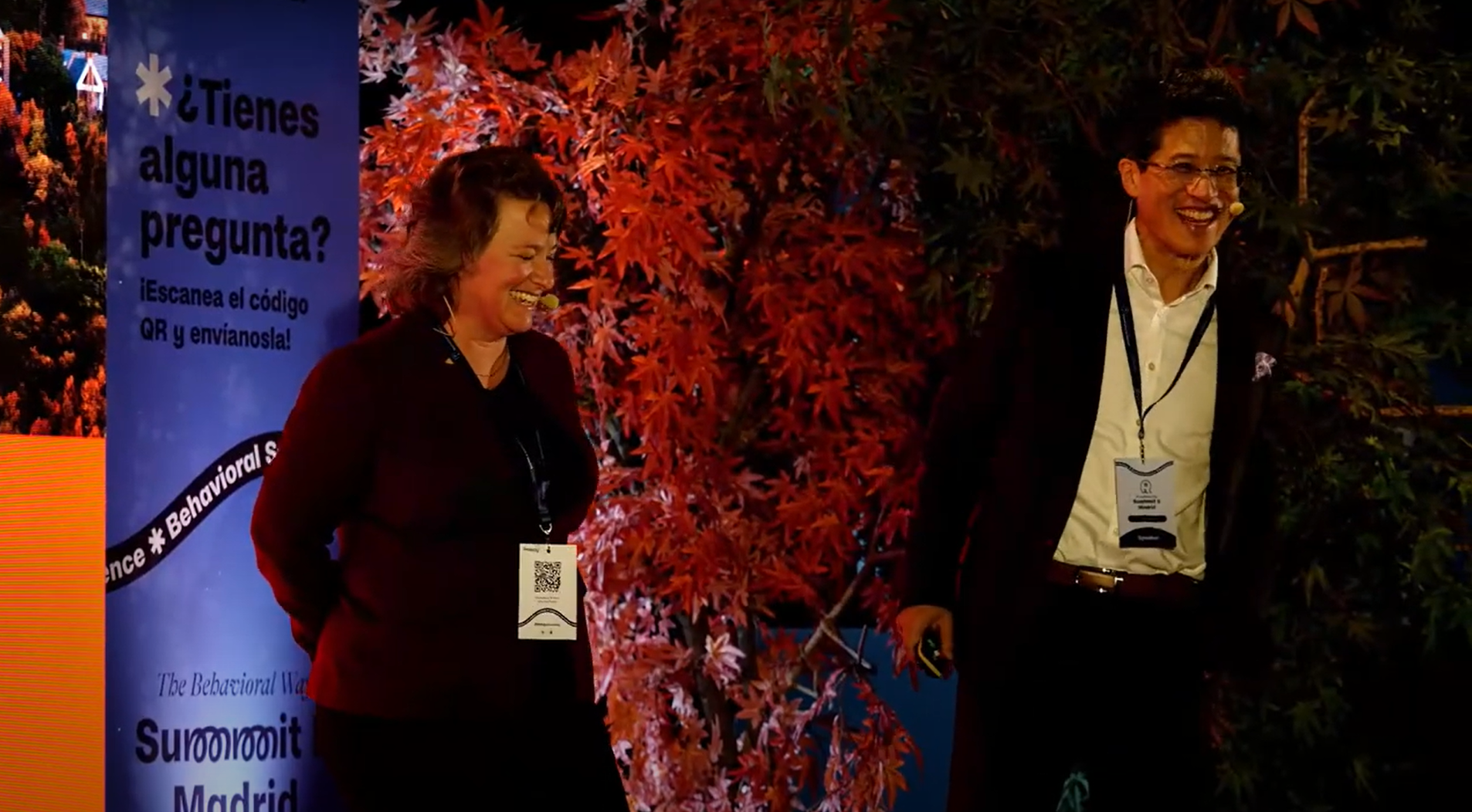Over the past few years, I have been involved with a number of projects that utilize behavioral economics principles to improve outcomes or change people’s behavior. Since this blog has a long history covering management consulting, I thought I would share some thoughts on integrating behavioral economics into the practice of consulting.
For those unfamiliar with the term “behavioral economics”, I generally describe behavioral economics as a combination of psychology and a traditional science like economics or finance. Whereas models in traditional economics and finance often assume that people are supercomputers and can maximize complex notions of utility over a number of parameters, behavioral economics tries to account for the beauty and shortcomings of the human mind and spirit. For example, why do some people help or punish others when it is not in their best economics interests to do so? Why do some people not help themselves (e.g., fail to save enough for retirement) when they clearly can from other measures and/or field testing? How do we know when a commercial or public system has been set up in a behaviorally unfriendly way, and what can or should be done about it?
These last questions get at the heart of one model I have seen for integrating behavioral economics into the consulting model. This model is the notion of integrating behavioral audits and recommendations into the consulting process.
In the book, “Save More Tomorrow” http://www.amazon.com/Save-More-Tomorrow-Practical-Behavioral/dp/1591844843, Dr. Shlomo Benartzi introduced the notion of a behavioral audit for 401(k) and defined contribution plans. In such an audit, questions are asked to the effect of:
- Do employees have to opt-in or opt-out relative to joining the 401(k) plan? (This question addresses the behavioral challenge of inertia)
- Are employee savings rates automatically escalated when a person gets a pay raise? (This question addresses the behavioral challenge of loss aversion)
- Do participants get 401(k) statements that show projected income at retirement? (This question addresses the behavioral challenge of myopia)
The behavioral audit then opens the door for strategic recommendations such as defaulting employees into plan or at least providing them easy ways to get into a plan, changing employer match rates, restructuring choices in the investment menu, etc. If a company wants to go really deep on implementation, they have an opportunity to work with their consultant or financial advisor to create options, prioritize, and work on an implementation plan.
More generally, the notion of a behavioral audits and recommendations can be designed to assess many other processes. For example, how well does a software application work from a behavioral perspective in terms of getting people to take action? How effective are our management dashboards and processes for managing a portfolio of projects? How good is our website in terms of disseminating information and facilitating choices?
Beyond audits and strategic recommendations, there’s also a tremendous opportunity to apply behavioral economics principles to a second area: the design and implementation phases of consulting projects. Behavioral economics recognizes that people are influenced by things that won’t make a difference to a robot but do matter to humans – we have to pay a lot more attention to design, because design is there whether intended or not. And any design architecture, explicitly or implicitly imposes a value system. Such a value system could be to maximize value for a specific party. Another value system might be to do the most good for the most people.
So where to start?
A first step is to open your eyes more broadly to behavioral economics. I think that cross-functional disciplines (whether behavioral economics or other) tend to be underappreciated because appreciation requires knowledge that cut across areas that are not traditionally combined.
A second step is developing a good base of knowledge regarding behavioral economics and applications. You can do this by working with people experienced in the area. You can also start to get introduced to these concepts through reading books like “Nudge” (by Thaler and Sunstein) or “Thinking, Fast and Slow” (by Kahneman). Although I am biased (since I was part of team to help with the book), Benartzi’s “Save More Tomorrow” book is a great book for shedding light on how behavioral economics principles are applied in detail to a very specific problem (i.e., design of defined contribution plans for retirement savings).
A third step is recognizing that while it is important to draw from research and core principles (done by academics and from certain areas of the industry), it is important to test your application of behavioral economics, whether that application be for consulting, a solution, or a product. Sometimes we think one behavioral principle will apply in a scenario when something else turns out to be the case. The use of solid behavioral principles based on research should improve the odds of success. Yet in my experience how we make judgments and decisions as people is, at times, both scary and fascinating. So remember that your application of behavioral economics should be tested before it is rolled out.
